Agricultural Land Use
Students explore the impact of fertilizer on algae growth, soil erosion, and agricultural soil and water conservation practices.
Students explore the impact of fertilizer on algae growth, soil erosion, and agricultural soil and water conservation practices.
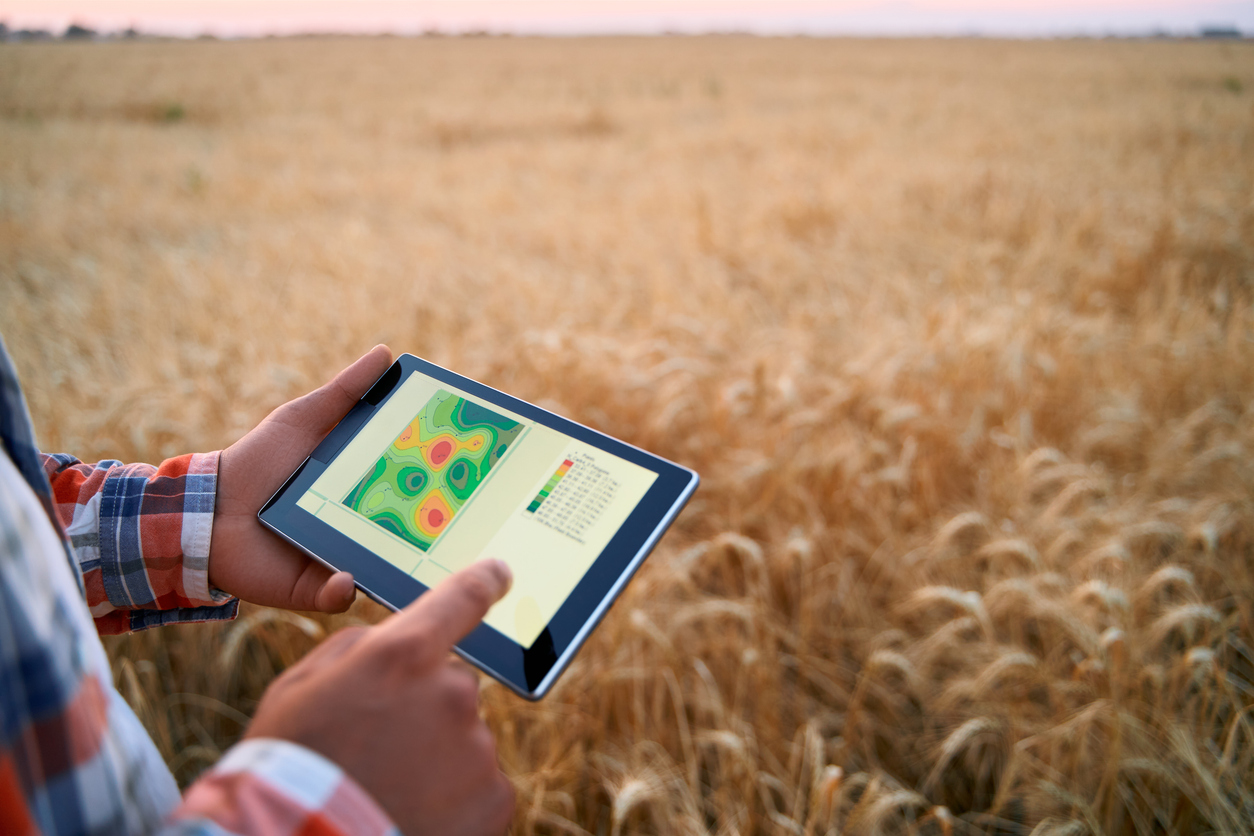
Students discover technologies that are used on farms to increase efficiency and yields and decrease costs and environmental impact.
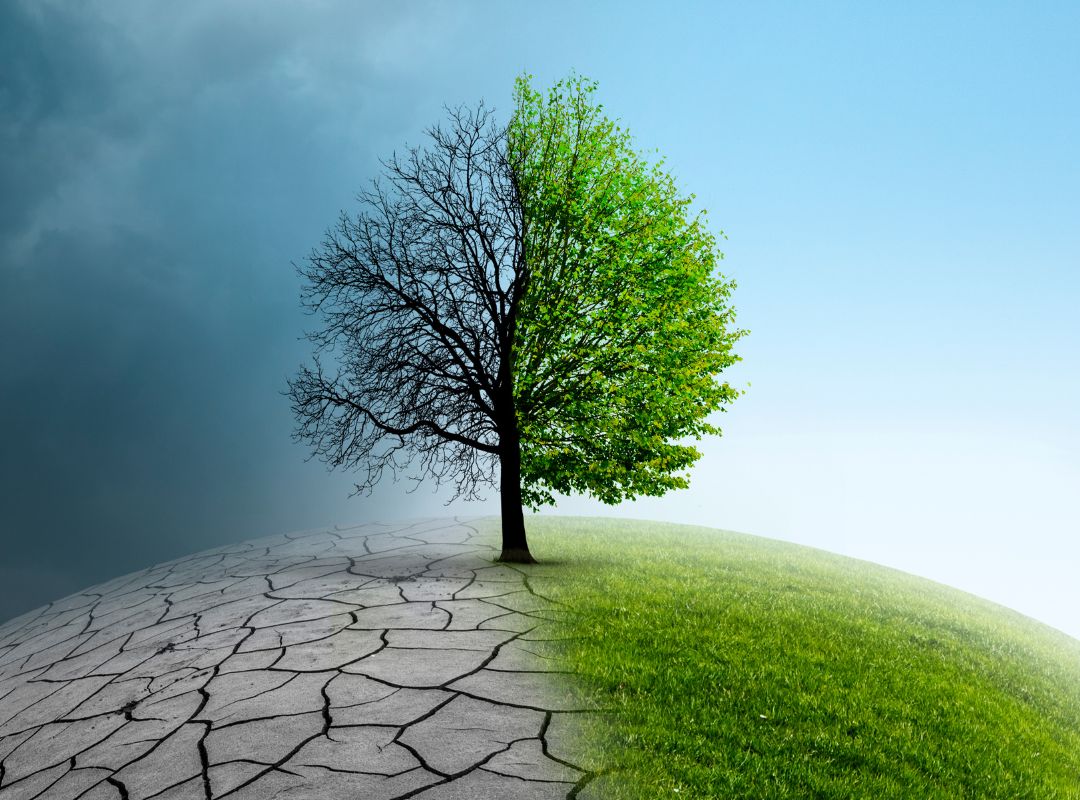
Students will explore the carbon cycle and evaluate associated phenomena of climate as they discover the impact climate change could have on the farms that produce our food.
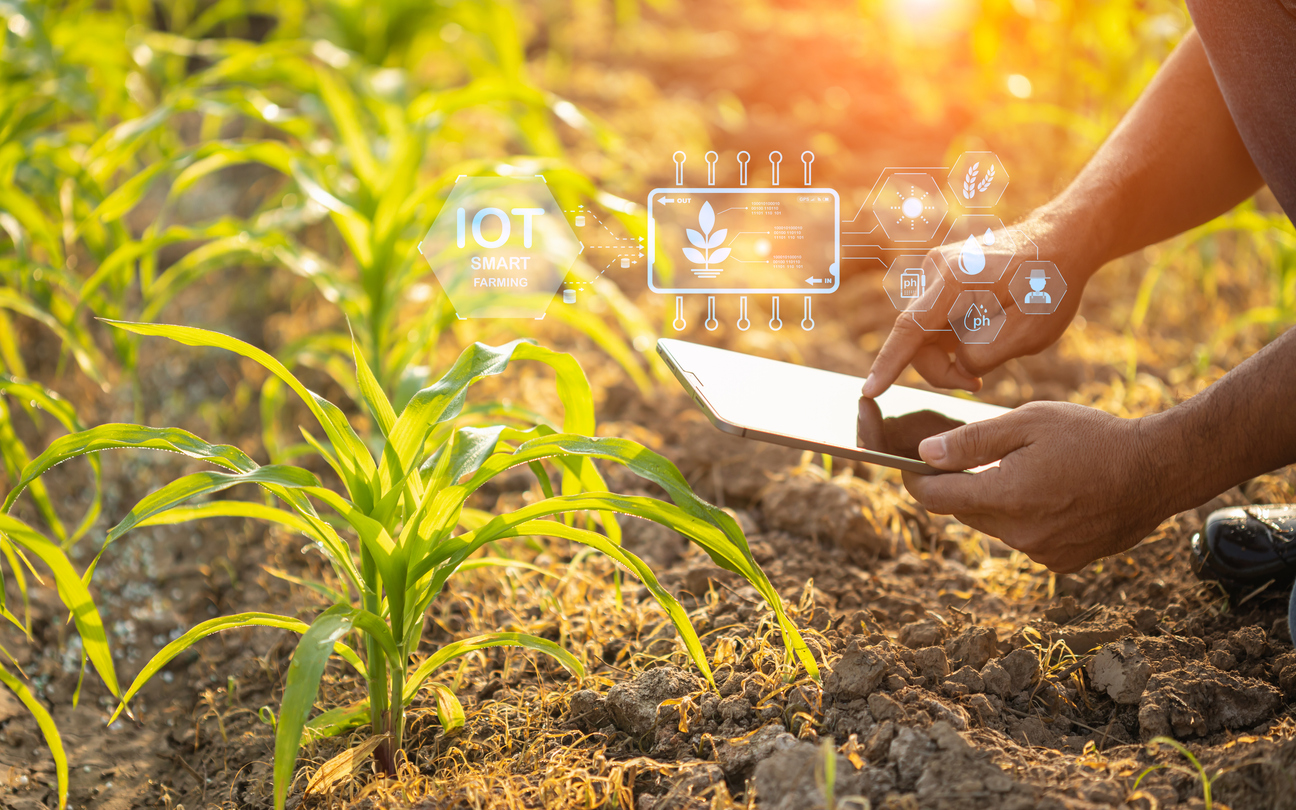
This hands-on lesson teaches students how precision agriculture uses geographic information systems (GIS) to help farmers and manufacturers make smart, efficient, and responsible decisions about how and when they plant, grow, irrigate, harvest, and transport crops.

Students will understand how photoperiodism impacts plants and animals in the environment and learn how egg farms use this science to manage the laying of eggs by their hens.
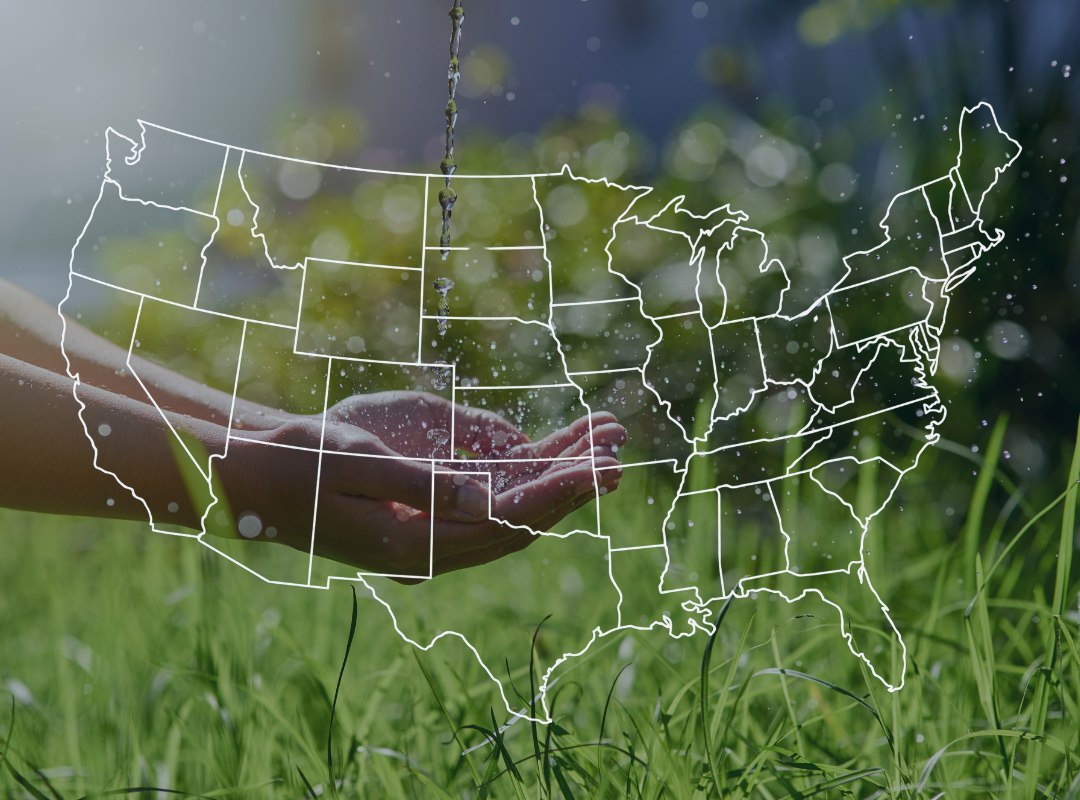
Students will discover the connections between agriculture, natural resources, and the history of their state.
Students trace the production path of eggs, beginning on the farm and ending in their home and identify the culinary uses and nutritional benefits of eggs.
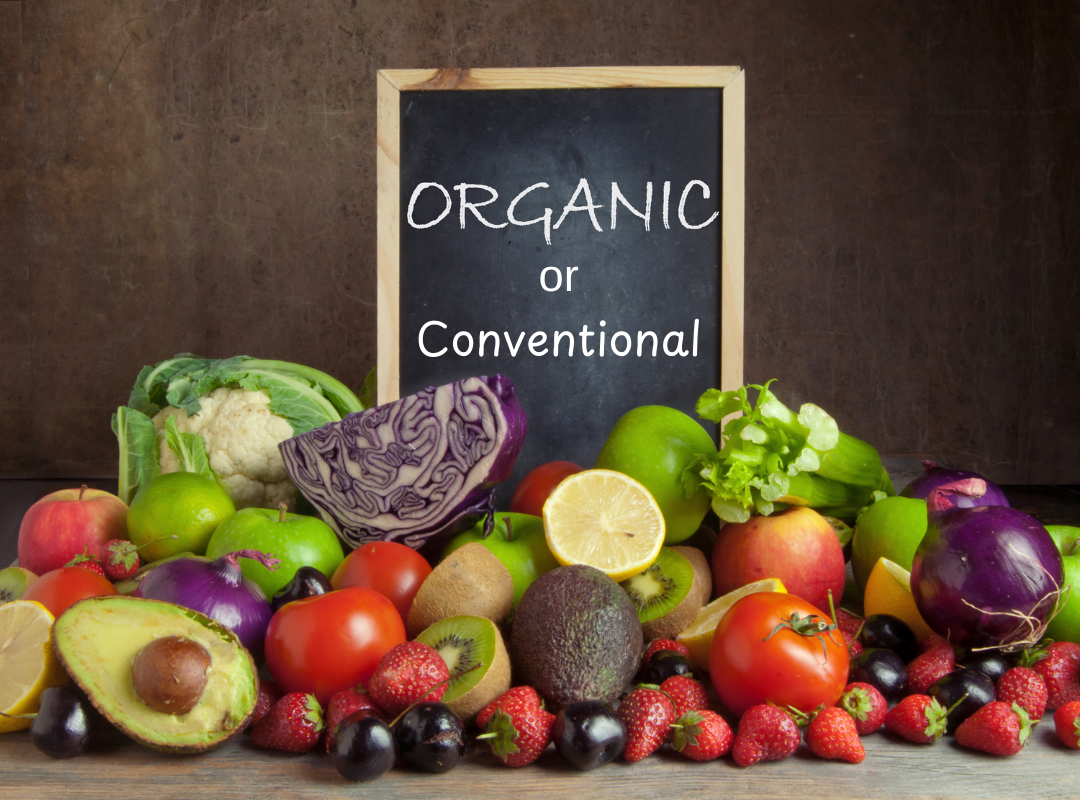
Using the claim, evidence and reasoning model, students will compare and contrast organic vs conventionally produced foods to discover the differences and similarities of each farm production style.
Students discover that farm animals produce different types of products. Grades PreK-K
Students discover that there are many different types of farms. Grades PreK-K
Students investgate different food crops and how they grow. Grades PreK-K

Identify common Thanksgiving foods and their farm source, determine if those foods can be produced locally, and locate the common origins of their Thanksgiving day dinner.